All 18 Need for Speed games, ranked worst to best
From ProStreet to Payback

When Need for Speed Heat releases this November, it will mark the 24th entry in Electronic Arts’ long-running racing game anthology. Heat takes the franchise in a new direction, but draws influences from the franchise’s past. During the day, you’ll earn fame and money by participating in professional events; at night, you’ll fend off arrest in illegal street races.
Heat’s concept is an enticing one, but this series needs more than a clever premise to make up for its recent missteps. Which happened to get us thinking: in a franchise as vast and diverse as Need for Speed, which games rise to the top? The brand has hardly been a model of consistency over the years, though it's certainly also delivered its share of unforgettable, white-knuckle thrills.
Thus, we set about ranking every mainline Need for Speed game. Mainline, in this case, excludes a few spin-offs: the Shift titles, NFS Nitro for the Wii and DS, and NFS World for the PC. Everything else is fair game. Here's how it all shook out.

18. NFS: Undercover (2008)
Primed as a return to form for Need for Speed after the lapse in direction that was 2007’s ProStreet, Undercover certainly captures the series’ rebellious nature in a way its predecessor does not. Still, that’s not enough to make it a good game. Between its dull open world, repetitive campaign events, graphics reminiscent of a mobile title and bevy of technical issues, Undercover winds up feeling like a shallow jab at replicating the success of Most Wanted, without any of that title's charm or polish. In fact, it's best described as under-cooked. Which is strange, considering Undercover had been in development for considerably longer than the games that immediately preceded it.
17. Need for Speed Payback (2017)
A shameless attempt to cash in on Fast & Furious fervor roughly a decade after the film franchise first became relevant, Payback mostly repeats the sins of Ghost Games’ 2015 franchise reboot, but this time gussied up in Hollywood attire. And while Payback is still utterly dismal to drive, the misery is compounded by the game's unbearably overwrought card system for vehicle upgrades and heavily scripted police chases fraught with cutscenes. That pairing of poor game design decisions, coupled with Payback’s over-reliance on microtransactions, obliterates any last shred of enthusiasm anyone might otherwise have for the game. At least it’s sort of nice to look at.
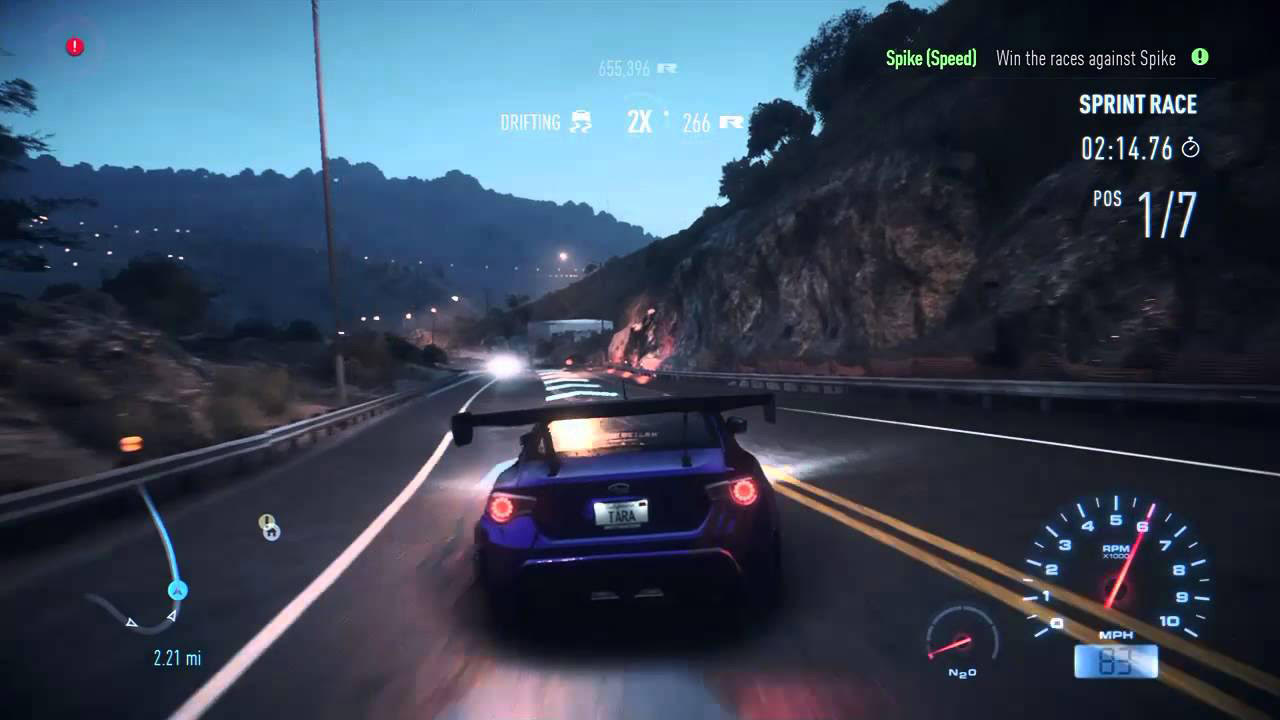
16. Need for Speed (2015)
This one hurts. Not since Capcom's Auto Modellista has a racing game so perfectly captured a flavor of car culture fans had been yearning for, yet been so inexplicably dreadful to play. NFS 2015 had everything going for it: a clear vision, phenomenal visuals for the time and the most powerful customization engine the series had seen up to that point. Yet, it’s all mercilessly undone, beaten and torn beyond recognition by the least intuitive handling model ever to grace a triple-A racing game. Thematically, 2015 had the conviction to redefine Need for Speed for an exciting new era. Instead, it added yet another notch to the franchise's long list of failed reboots.
15. NFS: Carbon (2006)
At the outset, Carbon doesn't do a whole lot to distance itself from Most Wanted before it. However, the more you play it, the more you realize it somehow also fails to recognize what made Most Wanted a fan favorite to begin with. The perpetual night setting certainly doesn't do Carbon any favors, nor does its personality-less metropolitan map that holds few, if any, memorable features. All these years later, I can still remember my favorite cooldown spots and stretches of road in Most Wanted. Carbon, conversely, has aged into one dark, murky blur.
Get instant access to breaking news, the hottest reviews, great deals and helpful tips.
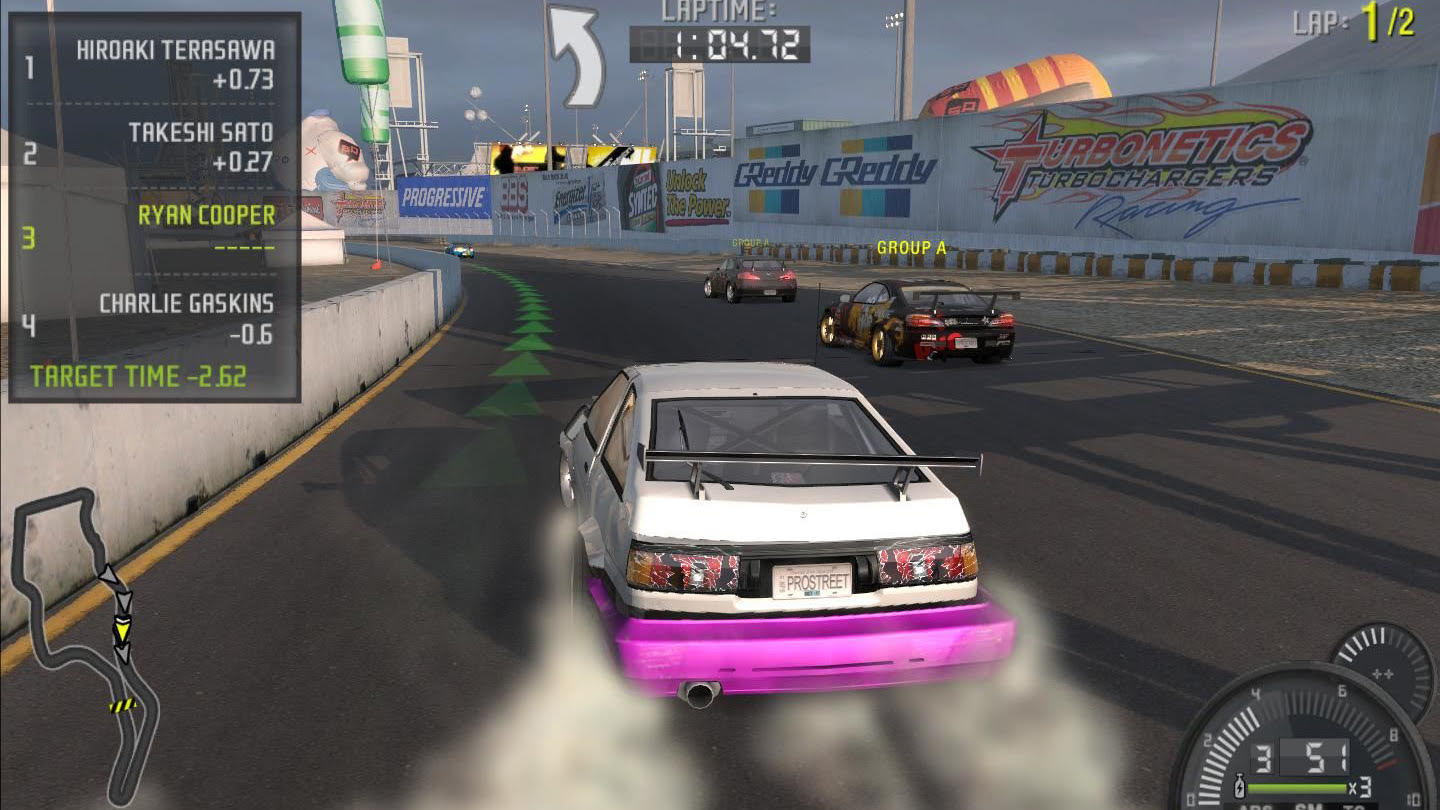
14. NFS: ProStreet (2007)
The thing about Need for Speed’s lawful turn is that it wasn’t so much a bad idea — just badly executed. Released in the same year as Codemasters’ generation-defining Grid, ProStreet similarly attempts to capture a grittier side of circuit racing with a simulator flair, without the sterility of Gran Turismo or Forza Motorsport. The problem for developer Black Box proved a familiar one: half-baked physics that render certain vehicles undriveable, coupled with a predisposition for gimmicks (like a minigame in which you heat up your tires before drag racing) that were no replacement for a satisfying driving experience. It’s a shame, because ProStreet did have a killer track list that included underappreciated gems like Japan’s Autopolis and Ebisu, the recently-revived Portland International Raceway and even the historic Avus loop in Germany.
13. NFS: Most Wanted (2012)
Certainly one of the most polarizing entries in the series, Criterion's Most Wanted is typically remembered by those who played it as Burnout Paradise with licensed cars. And while there's some merit to that assessment, it's also pretty unfair to Paradise. That game had a world teeming with exciting moments, furnished with endless, fun events and a physics engine that encouraged a will to discover. Most Wanted 2012 has, well, none of that.
It’s also remarkably short, omits car customization entirely and incorporates AI rubber banding to a degree that puts Mario Kart's to shame (an impressive feat, we must admit). There’s no doubt the wizards at Criterion could have made a more fitting tribute to one of the most iconic entries in the franchise, especially because they already accomplished exactly that with the more well-rounded Hot Pursuit reboot in 2010. But something about this take on Most Wanted fills you with that nagging feeling of a good game rushed to incompletion.
12. Road & Track Presents The Need for Speed (1994)
There's nothing egregiously wrong with the first Need for Speed; it's just not particularly fun or noteworthy in light of the highs the franchise would rise to in the future. (Then again, it is far superior to the lows.) At a time when licensed vehicles were still a rarity in racing games, The Need for Speed offered a swath of the most desirable sports cars in the world, with an attention to detail its contemporaries lacked. These cars had interior views, were modeled on their unique specifications (owing to that Road & Track tie-in) and came accompanied with oodles of CD-ROM-filling multimedia content, like press photos and videos. It sounds quaint by today’s standards, though for a generation of gamers and car lovers that grew up with Lamborghini Diablos postered on their bedroom walls, it was pretty exciting. It’s just a shame that the gameplay is diminished by exceedingly long, wide and boring point-to-point tracks.
11. NFS: The Run (2011)
You can’t fault The Run for its ambition, which saw Need for Speed shed the basic circuit racing shtick to focus on one, long interstate odyssey spanning coast to coast. The concept had some potential, but the brevity of the campaign, which clocked in at roughly four hours, coupled with an over-reliance on cutscenes, scripted segments and non-driving quick-time events, made this racer feel kind of short on actual racing. And once you finished the campaign, there wasn’t much of anything left to do. Although the Run exhibited flashes of brilliance, history will sadly remember it best as Black Box’s final stab at the series before being shuttered in 2013.

10. Need For Speed Rivals (2013)
While it’s fair to rag on Rivals for being bare-bones in that typical cross-generational way (it released on both last- and modern-gen consoles), the 20th entry in the series deserves more respect than it typically gets. Spiritually, Rivals shares much in common with Criterion’s Hot Pursuit reboot that came out three years earlier, but expands the format to take advantage of a legitimate open world. The dynamic weather system present in certain versions of the game does a lot to enhance the environmental immersion, and the handling model is remarkably composed compared to Ghost Games’ later iterations. Looking back, you sort of wish there was more to do in the campaign than fulfill vague objectives, but Rivals is so strong at its core that the experience was fun even in spite of being aimless.
9. NFS: Underground (2003)
2003's Underground marks the first time Need for Speed was taken in a totally new direction — a tactic Electronic Arts would repeatedly fall back on in the years following, whenever the franchise appeared to meet a creative dead end. While the pivot to tuner culture was controversial at the time, Underground remains a competent, well put-together street racer with an inspiring customization suite, at a time when customization was priority number one for street racers. Ironically, what holds it back from a higher ranking in this list is that Underground 2 exists, and expanded on everything the first accomplished to great effect.
8. NFS: High Stakes (1999)
With High Stakes, developer EA Canada applied the original Hot Pursuit's revolutionary chase mechanic to a fully fleshed-out single-player campaign that saw players purchasing vehicles and racing for pinks for the first time in the series. In retrospect, it was a bold spin on NFS' established formula up to that point, and an astute one given how Gran Turismo established the car-PG genre the year prior. What holds High Stakes back is that it strays too far in that direction, to the point of curtailing the series’ trademark pick-up-and-play enjoyment. The tracks are far too boring to justify their length, and the emphasis on gratuitous multi-race championships makes the experience feel like a slog from the very start. From a technical standpoint, High Stakes happens to be one of the franchise's high points; it's just a shame it's such a chore, too.
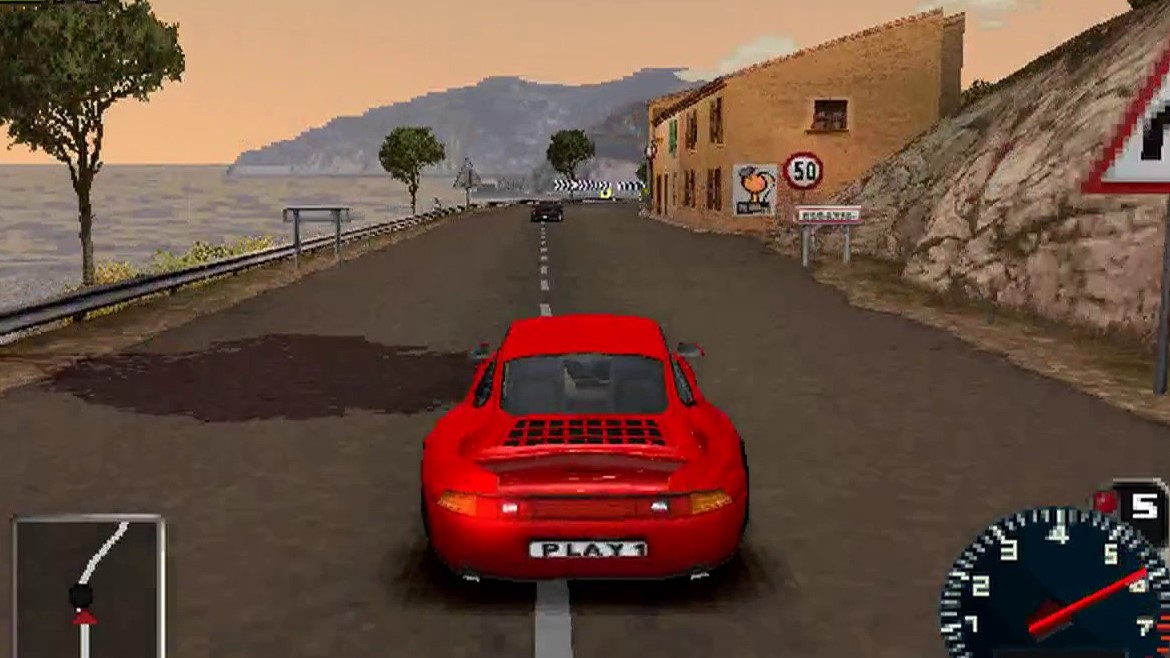
7. NFS: Porsche Unleashed (2000)
It may be hard to recall now, but once upon a time, Need for Speed was the only game in which you could drive a Porsche, thanks to a nearly 20-year exclusivity agreement between Electronic Arts and the famed German automaker. Like most exclusivity deals, nothing worthwhile came of it, and EA never used the license to great effect — well, except for the one time it did. Porsche Unleashed, known as Porsche 2000 in some parts of the world, features a sweeping roster of the manufacturer’s most significant production vehicles (and even a few of its race cars), along with a campaign charting the company’s storied legacy. In that way, it still stands as one of the series’ most ambitious entries, even if the PlayStation version in particular suffered from somewhat dodgy handling, and even if the older, slower cars are a bit boring to drive.

6. Need for Speed II (1997)
Typically overlooked in the franchise’s legacy, Need for Speed II deserves recognition for ditching the rather uneventful highway cruising motif of the first game in favor of a selection of unique, epic courses, each brimming with wild moments and true personality. The car roster, too, is arguably the finest of the franchise’s classic era. While it only included nine vehicles, these were the most breathtaking supercars the late ‘90s had to offer, inspiring a generation of budding enthusiasts to lust after the McLaren F1 and Ferrari F50, as well as oddities like the Ford GT90 and lost-to-time Isdera Commendatore 112i. Add in a masterpiece of a soundtrack from Saki Kaskas and Rom Di Prisco, and it’s easy to see why Need For Speed II left an indelible impression on those who had the fortune of playing it 22 years ago. It’s just a shame it looks terrible next to the later PlayStation iterations, and that it’s only gotten uglier with age.

5. NFS: Hot Pursuit (2010)
Far and away the closest Need For Speed has come to recapturing the magic of its golden era, Criterion Games’ Hot Pursuit reboot doesn’t so much resemble the 1998 title of the same name, but instead feels more like a modernization of the very first Need for Speed. EA’s visual wizards at DICE took charge on the game’s environmental design, resulting in a gorgeous experience that evokes the sort of epic road tests and journeys you’d expect to see watching Top Gear or The Grand Tour. Unfortunately, recalcitrant, vague physics somewhat mitigate the fun, as does an overabundance of wide roads that don’t engage or challenge players. Overall it’s still a blast, though you get the sense that if the game took proper advantage of its open world and tightened up the handling, it’d top this list.
4. NFS III: Hot Pursuit (1998)
The first Hot Pursuit does everything right. From a technical standpoint, it’s a showcase for the PlayStation. The physics rank among the most intuitive and satisfying ever to grace the series. The tracks retain the character of NFS II’s, but are more grounded and polished. And then, last but certainly not least, there are the cop chases. The balancing and general design of this game’s pursuit system — from the behavior of the police, to the ticketing system and especially the introduction of road blocks and spike strips — remains the series’ finest contribution to the medium. With Hot Pursuit, EA not only realized the potential of the Need for Speed brand — it cemented the franchise’s identity.

3. NFS: Underground 2 (2004)
The deep, dark secret about the tuning fad of the early aughts is that it resulted in some pretty poor racing games, as a consequence of every major publisher’s eagerness to cash in. Though, that’s not to say there weren’t legitimate exceptions. Alongside Rockstar’s Midnight Club 3, Underground 2 is one of the era’s finest achievements. Expanding upon the scope of the original, the sequel offers more varied event types, vehicles and customization options, all within an open world you want to explore. It nails the fundamentals too, handling well and looking fantastic for the time. Fifteen years on, it’s not hard to recognize why Underground 2 has achieved cult status among fans — or at least those who aren’t too bothered by the lack of cop chases.
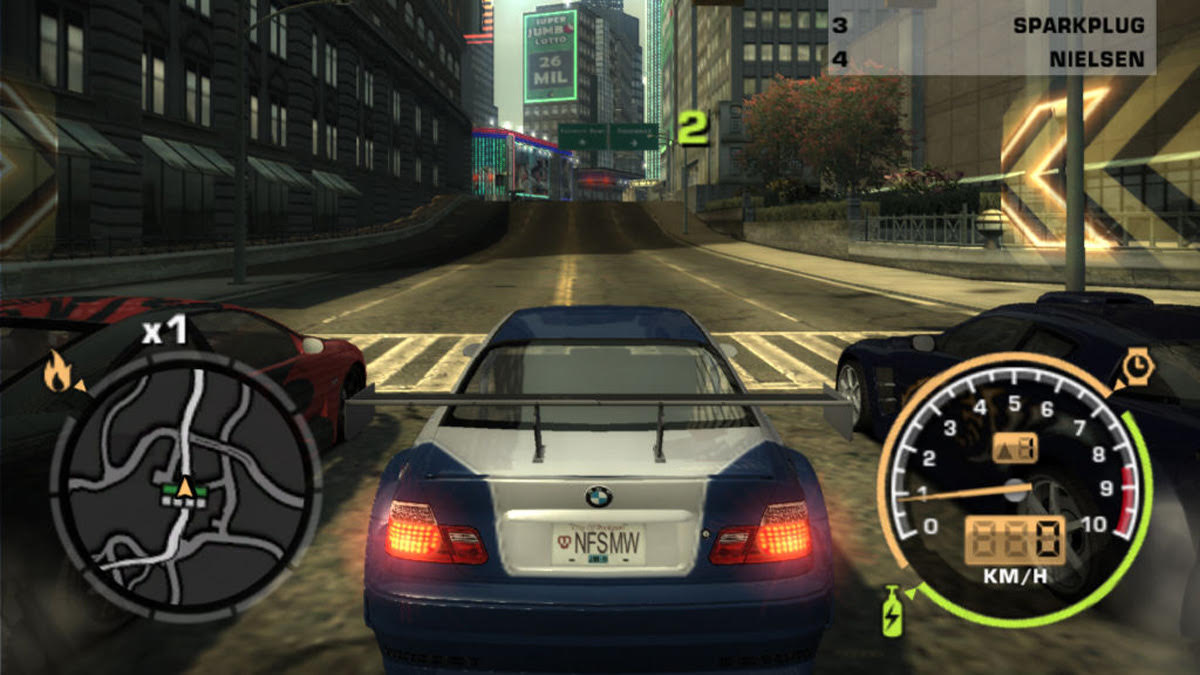
2. NFS: Most Wanted (2005)
Blending the aesthetic and environments of the classic era installments with the open world and street racing culture of the Underground era, Black Box’s 2005 entry has become the modern benchmark against which every new Need for Speed is compared. That's for good reason. If you enjoyed Underground’s tight physics and street focus, but regretted the lack of cop chases and wasn’t enthralled by the strictly nighttime metropolitan setting, Most Wanted checked all the boxes.
The city of Rockport is the perfect backdrop for Most Wanted’s notorious and addictive hour-long pursuits. In fact, Rockport remains one of the finest open worlds in any racer thanks to a mix of different environments, spanning dense, urban streets to winding mountain roads, that each hold something for everyone. Bridging the gap between the franchise’s two extremes should’ve been an impossible task, yet Most Wanted pulls it off brilliantly — cringeworthy full-motion video cutscenes notwithstanding.
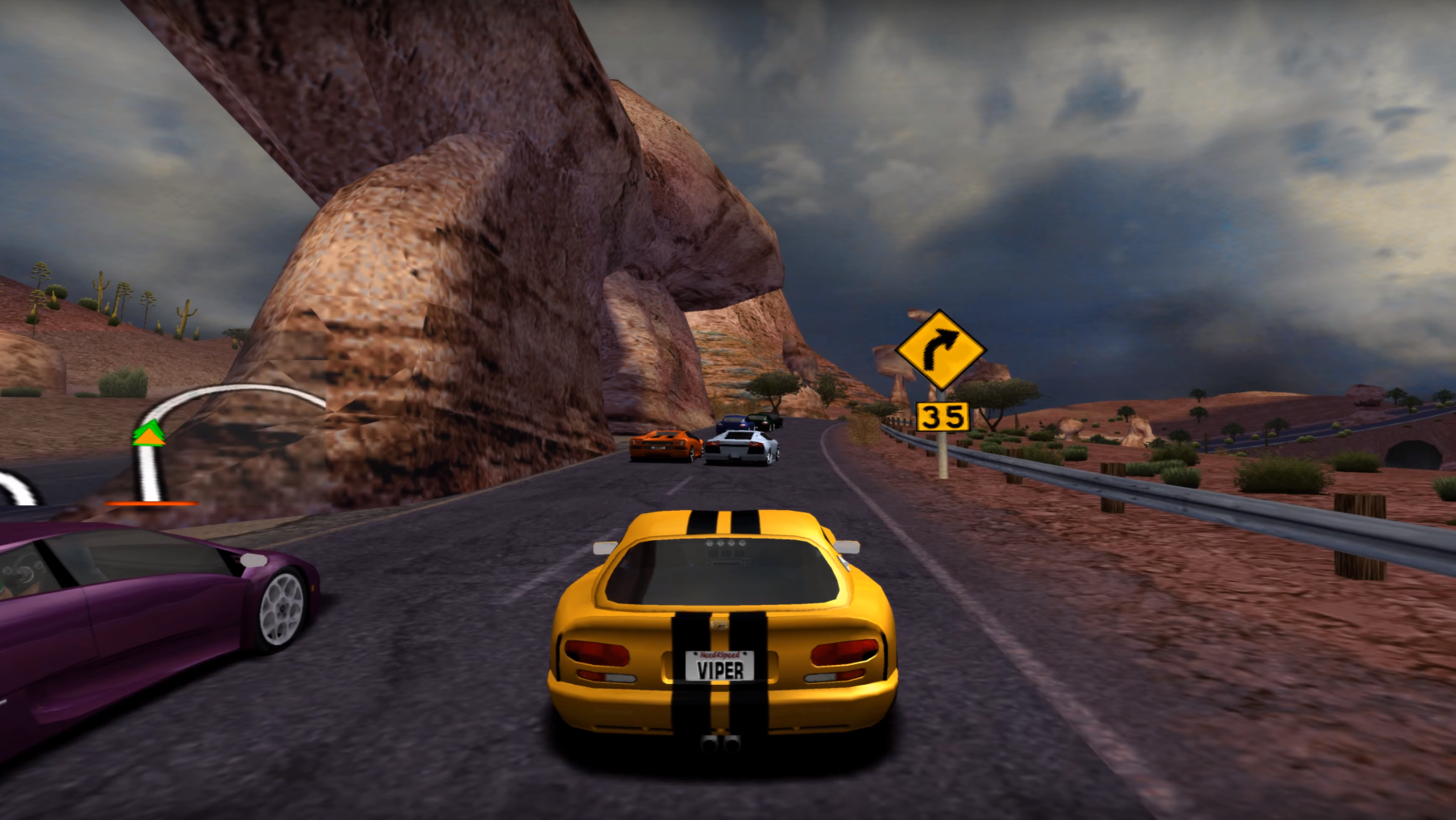
1. NFS: Hot Pursuit 2 (2002)
At its core, Need for Speed should be about two things: running from the law and trying to finish first. Hot Pursuit 2 perfected both. The pitch is remarkably simple. Start with an all-star cast of the world’s most prestigious, lust-worthy supercars. Offer an eclectic selection of tracks set in exotic locales, teeming with inventive track design where not a single corner or moment is wasted. And — perhaps most critically — inspire players to risk victory and freedom with a responsive physics model that is accessible yet rewarding. Most Wanted ‘05 may have the element of surprise going for it, thanks to the breadth of its open world. However, Hot Pursuit 2’s mastery of arcade racing fundamentals makes it timeless. Seventeen years on, it’s still an exemplar of the genre — so long as you’re playing the vastly superior PS2 port, of course.
Adam Ismail is a staff writer at Jalopnik and previously worked on Tom's Guide covering smartphones, car tech and gaming. His love for all things mobile began with the original Motorola Droid; since then he’s owned a variety of Android and iOS-powered handsets, refusing to stay loyal to one platform. His work has also appeared on Digital Trends and GTPlanet. When he’s not fiddling with the latest devices, he’s at an indie pop show, recording a podcast or playing Sega Dreamcast.
